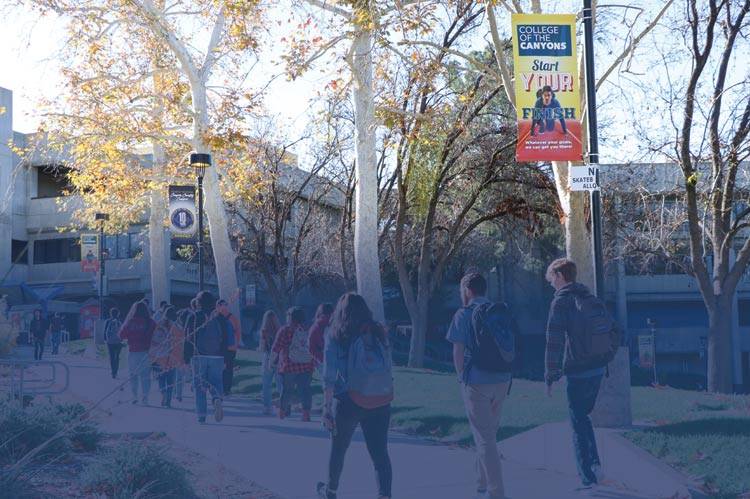帕特里克·莫里森:花园和夜生活绘画
2009年10月6日至11月5日
帕特里克·莫里森创作了充满活力的油画,与马克斯·贝克曼、爱德华·霍珀甚至莫奈相提并论。莫里森的作品被米克·贾格尔、波诺、丹尼斯·霍珀、本·金斯利爵士等许多人收藏。
展览的照片
10月31日闭幕式照片:
帕特里克·莫里森(Patrick morrison)当前展览的作品对他的主题做出了情感上的紧张回应,从墨西哥城罗萨区(Zona Rosa)的夜生活,到sierra山脉令人眩晕的风景,再到他的第二故乡加利福尼亚和他的祖国爱尔兰的田园诗般的花园。在所有这些画作中,绘画和色彩的特质创造了一种高度强烈的直接感,尽管如此,这种直接感与内在的神秘感相结合。最近的三联画《曼波·内格罗》(Mambo Negro)就是一个很好的例子。在《曼波·内格罗》中,白炽的光影对比特别生动。例如,在左边的面板中,中央舞者鞋子上的奶油色金光从她腿上的深血般的深红色阴影中跳出来,她的腿上有粉红色的小刺。同样的粉红色在最左边的舞者大腿上像皮疹一样爆发出来。莫里森对空间的处理同样有力。在这幅画中,舞者们挤在一起,高高耸立在我们面前,然而在我们的右边,突然有一个空间的伸缩,导致一个不可思议的遥远,但充满活力的穿着黄色连衣裙的舞者摇摇晃晃地走出来。同样是这位舞者,她张大嘴巴,把血红色和金色的激烈对立,带到了中央镶板上几乎令人难以忍受的突出位置。所有这一切,参差不齐的线条,极度强烈的色彩,闪烁的光线和血腥的阴影,空间的分离,使莫里森似乎从自己身上召唤出了一种恶魔,至少,与舞者的恶魔不相上下。 Yet, at the same time, there is an enigmatic and mysterious aspect to the frenzy. It is as though this was all seen not in life but in a dream or vision and, in fact, the sources for this painting lie in a series of drawings Morrison did of a film clip he once saw which was shot in a Mexican club, probably fifty years ago. That enigmatic and distanced quality arises in part from the paintings sources, but it also arises very much out of the character of its imagery. In the central panel, the second dancer from our right is twisted and joined into two incompatible halves. Her legs seem similar to those of the other dancers, but her torso appears twisted in a nearly impossible turn, and her head metamorphosis's into an anonymous and dissonant green, faceless and idol-like. A childs skeletonor a day of the dead mementolies on the floor. The yellow dancer, now utterly possessed by the dance, has a demonic face emerging from her right shoulder and a flower from her left shoulder. In the right panel, a figure in a blue uniform, seeming a hopeless functionary of some kind of ordinary orderlike a cigarette girlbegins to emerge from the crimson background only to be half submerged and congeal back into it. These uncanny figures, along with the antique clothes, cast these images into the realm of sudden fraught memory or into the atavism of dreams, or the otherwise internally beheld, and this beheld grips the painter with all the force of an un-summoned vision. Viewing Mambo Negro or any of the other works in this show confirms in me a conviction that has been growing for some timethat conviction is that expressionism is amongst the most vital ways of working in contemporary art. In part this conviction stems from the general disapproval accorded expressionism by the art world. My own contrarian nature, I suppose, is alarmed when something is generally approved or generally disavowed. However, there is a deeper side to my conviction. The strong examples of contemporary expressionism, like Patrick Morrisons paintings, besides violating the preferred narratives of art history and contemporary art criticism, have in them an irreducible psychological filament, a kernel of the truly lived and felt, that for me is the main reason I have an interest in art or was drawn to it in the first place. As the critic Donald Kuspit has stated more than once, expressionism is like the return of the repressedit is an occasion to encounter a deeper self. In compelling examples, as in these paintings, it has the uncanny vividness that we all encounter in dreams or in moments of charged feeling but that we all too often forget. These paintings for me are like waking visions; they snap me out of my normalcy.
迈克尔Peglau
2009年8月

